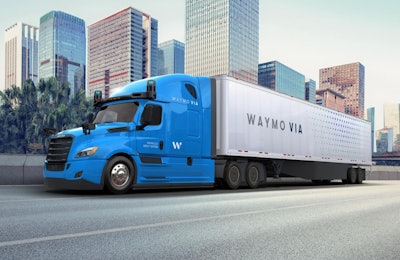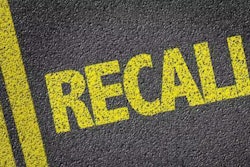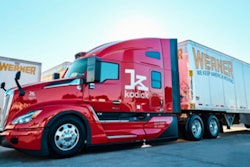
The Commercial Vehicle Safety Alliance has created a new process for the inspection of autonomous commercial vehicles.
In announcing the Enhanced Commercial Motor Vehicle Inspection Program, a statement from CVSA said roadside inspection/weigh station environments are challenging for autonomous vehicles. It said they're "not compatible with today’s roadside enforcement inspections, which rely on assistance from the driver."
Because of this, the new inspection program includes what CVSA calls a "no-defect, point-of-origin inspection program" for autonomous commercial vehicles. The new program includes an enhanced inspection standard and procedure for carriers operating autonomous vehicles to follow. This includes a required 40-hour CVSA training course and exam for personnel who will be conducting the inspections.
CVSA explains:
For the new program, rather than the driver conducting a pre-trip inspection (as is currently done), CVSA-trained motor carrier personnel will conduct the Enhanced CMV Inspection Procedure on selected (automated driving systems)-equipped vehicles from their fleets at the point of origin before dispatch, as well as in-transit inspections at a dictated interval throughout the trip. Once on the road, the automated driving systems vehicle would be required to communicate to law enforcement while in-motion that it passed the origin/destination inspection, its automated driving systems (as a whole) are functioning, and it is operating within its operational design domain. Those automated driving systems vehicles will then bypass fixed inspection sites. En-route roadside inspections of ADS vehicles by law enforcement officials would be limited to situations where an imminent hazard is observed or during a post-crash investigation. In addition, all automated driving systems vehicles must be able to respond to law enforcement should an officer attempt to pull over a vehicle. Any truck or trailer or commercial motor vehicle combination that fails the Enhanced CMV Inspection Procedure at the point of dispatch must be repaired.
“This enhanced inspection procedure for driverless commercial motor vehicles will ensure the highest level of safety and provide law enforcement with the information they need to be confident about the roadworthiness of autonomous trucks operating on our roadways,” said CVSA President Maj. Chris Nordloh with the Texas Department of Public Safety.









